As with each year, the French President Emmanuel Macron and his spouse, Brigitte Macron, have made their way to the south of France for the summer holiday.
Local newspapers have already snapped photos of Brigitte Macron walking the couple’s dog, Nemo, along the dock at the official presidential resort, Fort de Brégançon.
Standing on a rock 30 metres above the sea, the Fort has been offering privacy and sunshine to French presidents for decades, although its history goes back much further than that.
It is perched on a tiny island – just 4.5km long – connected to the French mainland by a causeway and has been a strategic site since the 6th century, acting as a seigneurial residence, a Crown estate property and a military site equipped with artillery including 23 cannons under Napoleon Bonaparte.
It was Charles de Gaulle who gave it the status of official presidential residence in 1968 and it’s usually used for presidential holidays – similar to Camp David in the USA and Chequers in the UK.
It has since been transformed into a pleasant residence while maintaining what remained of the ancient fortress, giving presidents the opportunity to take advantage of the sunshine of the Riviera.
French presidents have their main residence and offices in the Elysée Palace, the beautiful 18th century residence in the heart of Paris. In addition to Brégançon, presidents also have the use of La Lanterne, a former hunting lodge in the grounds of Versailles, and although they can’t stay in the sumptuous Palace of Versailles they do sometimes hold events and meeting with foreign dignitaries there.
It’s Brégançon’s offshore location that was the key for De Gaulle, who considered it the only place in the south of France secure enough to receive foreign heads of state, particularly from Mediterranean countries in the geopolitical context of decolonisation.
While it remains secure, it is these days within long-lens range for photographers, as several presidents have discovered.
But through the years of the Fifth Republic, French presidents have had quite varying attitudes to this undoubted perk of the job.
De Gaulle’s successor Georges Pompidou seemed to love it and spent his weekends in the Fort both in summers and winters. He opened its doors to the media, letting himself be photographed with his spouse in more relaxed clothing and playing pétanque with his bodyguards.
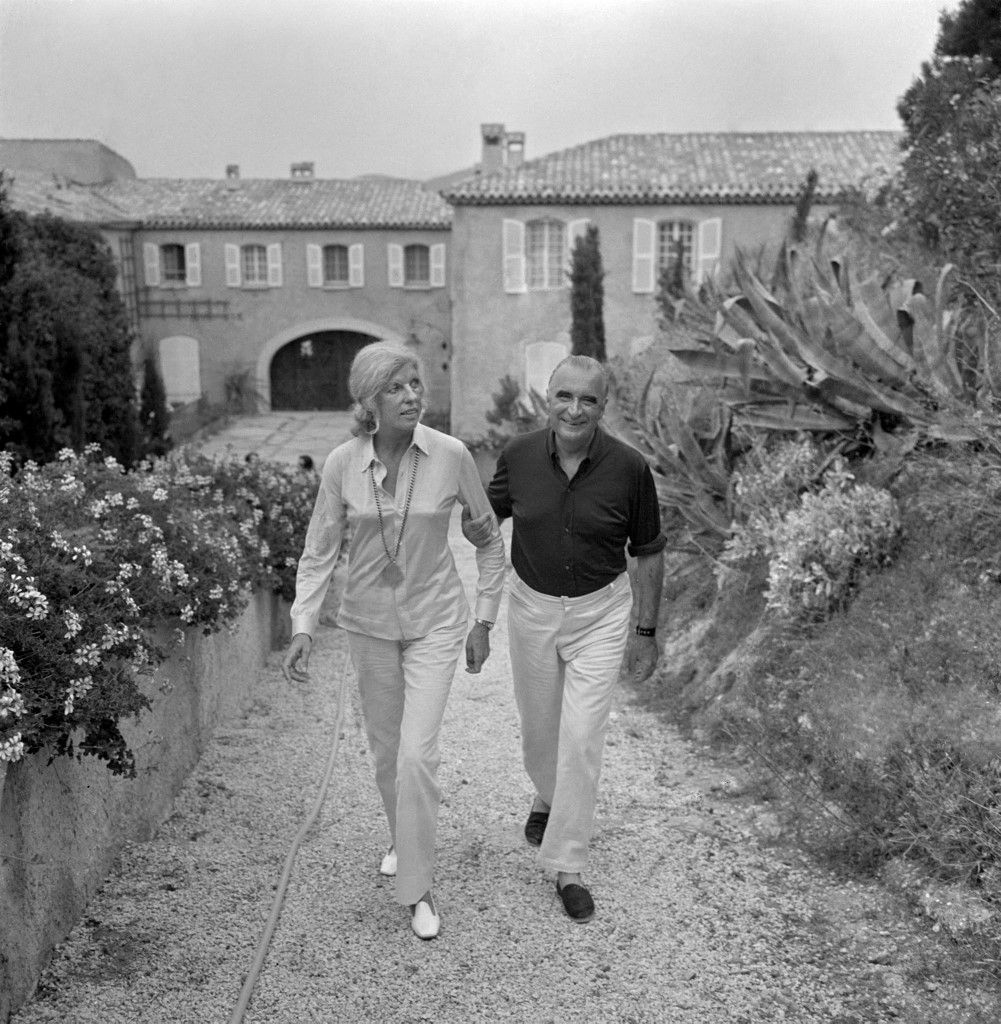
Valéry Giscard d’Estaing, who regularly stayed there with his family, brought the national spotlight on the Fort by letting paparazzi venture around the residence, snapping pictures of him in swimsuit and tennis shoes, but also installing CCTV inside the residence.

When socialist François Mitterrand won the election, he declared: “the Republic doesn’t need a secondary residence.”
He limited his visits to work meeting – the SNCF strikers in 1987 and two heads of state the Irish Prime Minister Garret Fitzgerald and German Chancellor Helmut Kohl – although he took no steps to sell off Brégancon.
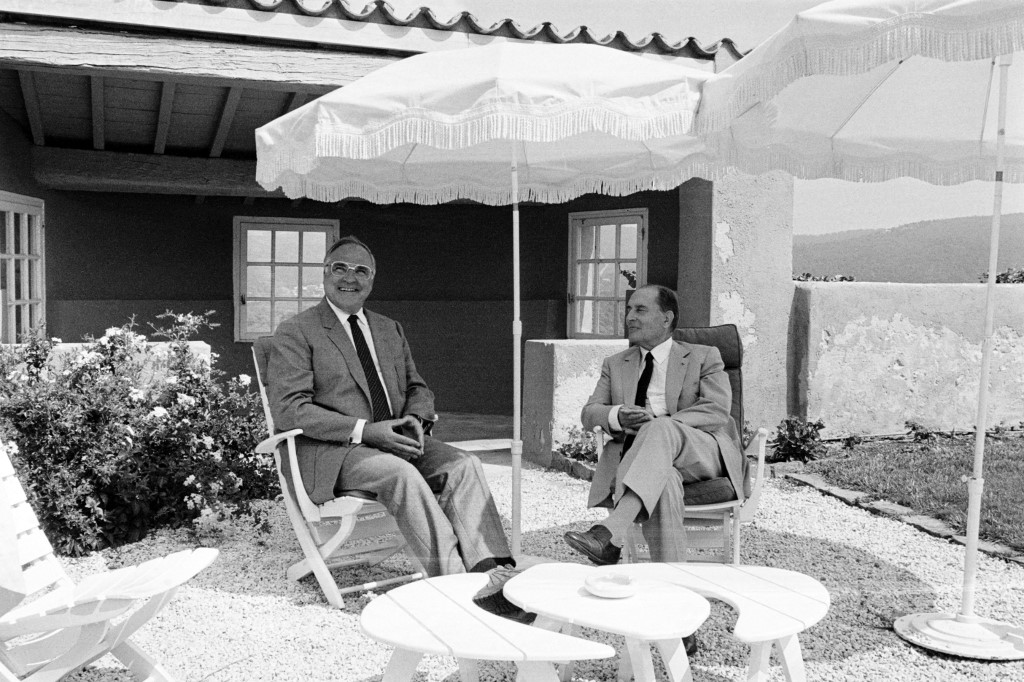
His successor Jacques Chirac particularly appreciated the fort because of its location in the Var département where he lived as a child.
With his spouse Bernadette, they regularly attend mass at the local church and greeted residents and tourists. In 2004, the President received Algerian President Abdelaziz Bouteflika to appease tensions. The Brégançon presidential desk was photographed for the first time.
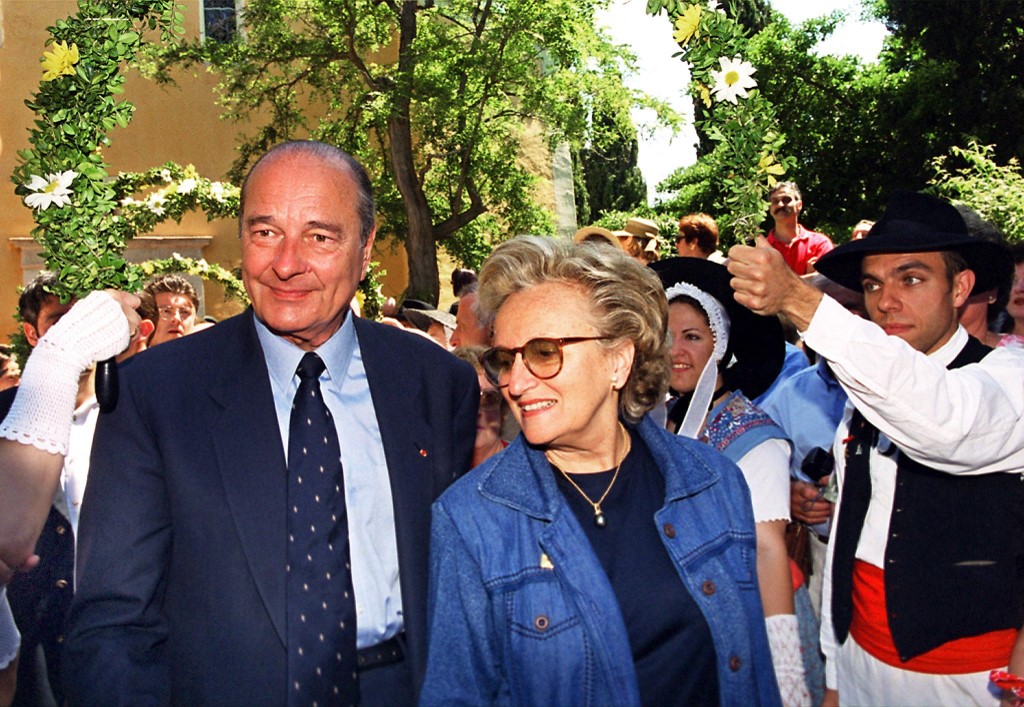
During his presidency Nicolas Sarkozy received foreign politicians including Condoleezza Rice, but also took some time to exercise. The pictures of him jogging around the Fort were described as creating a new style of presidential communication. Later, he was photographed on the beach with first lady Carla Bruni during her pregnancy.

François Hollande, who branded himself as a “normal president” felt no particular attachment to the Fort and opened the site to the public for visits, although he did host some work meetings there.
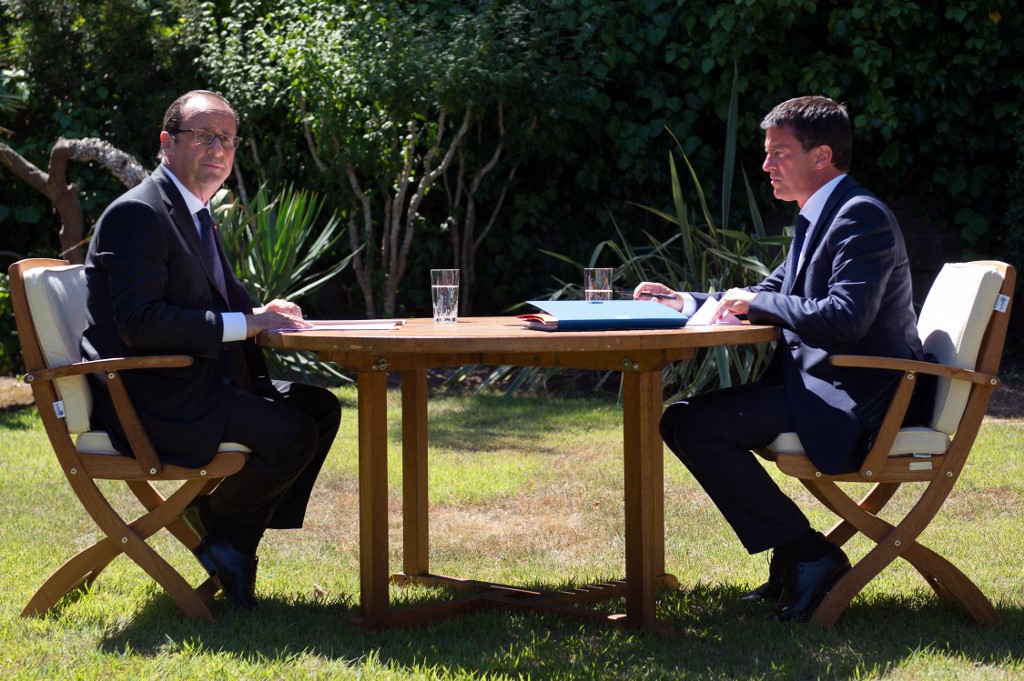
Since being elected in 2017 Emmanuel and Brigitte Macron seem to have enjoyed the Fort, retreating there during the summers and being photographed on the beach or having fun on jet-skis – they also installed a swimming pool which cost €34,000.
Brigitte Macron owns a property in the northern French seaside resort of Le Touquet, which the couple use for family time. But Emmanuel Macron has also used the Fort for work, hosting British Prime Minister Theresa May in August 2018, Russian President Vladimir Putin in August 2019, on the eve of the G7 in Biarritz, and Chancellor Angela Merkel in summer 2020.
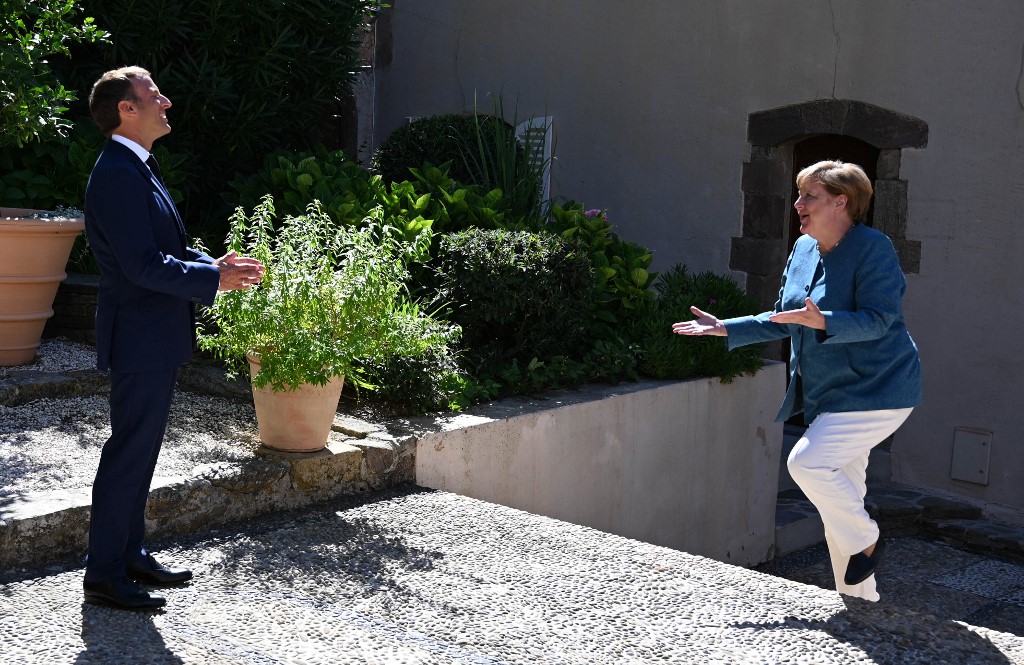
In 2022 he attracted a certain amount of mockery after declaring that he would be having a “pause studieuse” at Brégançon and use the summer to think about how to tackle some of France’s most pressings issues.
By Julie Edde

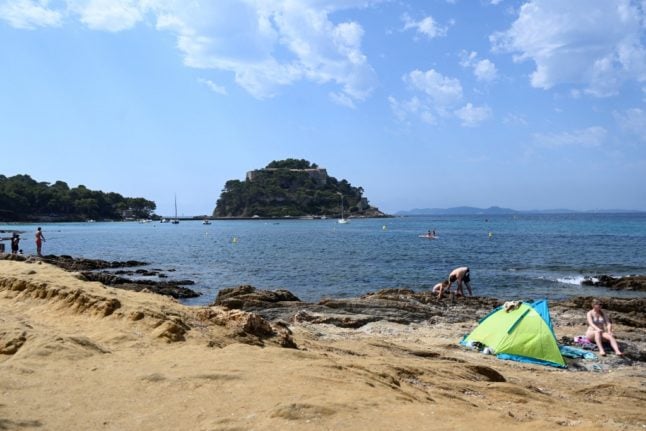

 Please whitelist us to continue reading.
Please whitelist us to continue reading.
Member comments